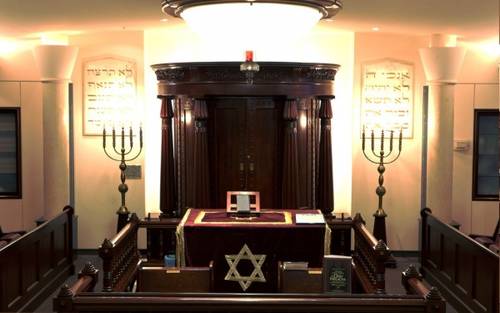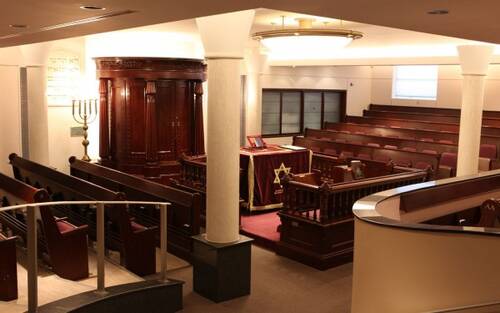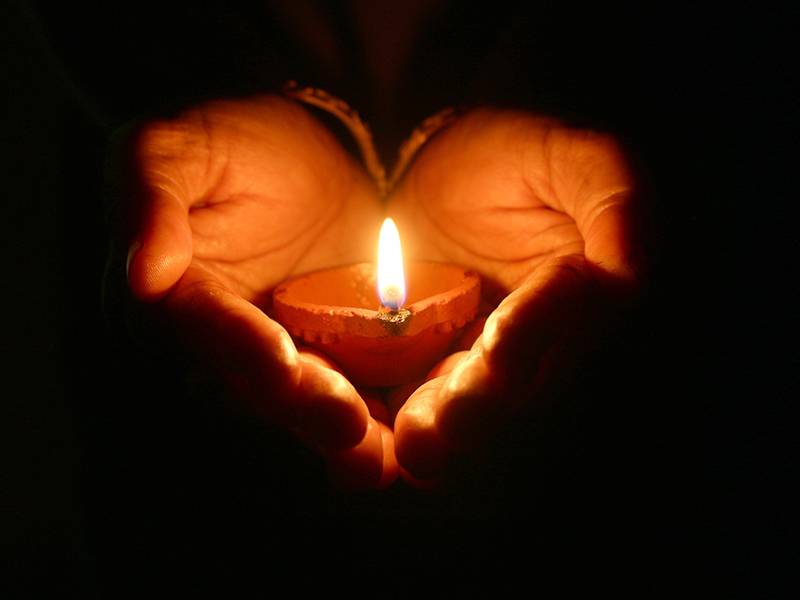Bonjour / Hello [nickname_else_first_name],
Shevi'i shel Pesach is the seventh day of the Passover holiday, which falls on the 21st of Nisan. On this day, according to the jewish tradition the splitting of the Red Sea occurred. Beyond the commandments that exist on each of the seven days of Passover, this is a full holiday, in which work is forbidden, except for work related to preparing food.
-Wikipedia
Table of contents
1) Perashat Hashavoua - Rabbi Eli Mansour
2) Halakhat Hashavoua (Halakhot related to day to day life) By Hazzan David Azerad -
Yom Tov Dates and the Basis for Diaspora Practice -Peninei Halacha
3) Holy Jokes!
4) For KIDS
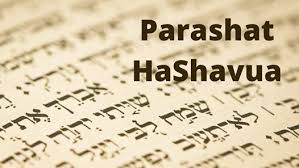
This Week's Parasha Insight with Rabbi Eli Mansour

Halachot this week are selected and Translated by Hazzan David Azerad
T
Yom Tov Dates and the Basis for Diaspora Practice -Peninei Halacha
According to Torah law, every Yom Tov is exactly one day. Indeed, this is the practice in Eretz Yisrael on every Yom Tov but Rosh Ha-shana. However, in the Diaspora, the Sages ordained that an additional day be celebrated, so there are two instead of one day of Yom Tov. The second day is Yom Tov Sheni Shel Galuyot (the extra day of Yom Tov observed in the Diaspora).
To understand the origin of this halakha, some background information is necessary. All of the Jewish holidays have a set date in the Jewish calendar. The first day of Pesaḥ is on the 15th of Nisan, and its seventh day is on the 21st of Nisan. Shavu’ot is after the omer period, which begins on the 16th of Nisan. Rosh Ha-shana is on the first of Tishri, while the first day of Sukkot is on the 15th, and Shemini Atzeret is on the 22nd. Since the Jewish month is based on the lunar cycle, and each cycle takes a bit longer than twenty-nine and a half days, some months have thirty days (malei, lit. “full”) and others have twenty-nine (ḥaser, or in technical terms, “hollow”). The mitzva was for people who saw the new moon (that is, the first vision of the moon after the molad, or lunar conjunction) on the eve of the 30th of the month to come and testify before the beit din. The new month would then be sanctified based on their testimony. This is the meaning of the verse: “This month shall mark for you the beginning of the months” (Shemot 12:2). The Sages explain: “God showed Moshe the form of the new moon and said, ‘Testifying to this has been placed in your hands’” (RH 22a). “Your hands” refers to those of judges with ordination, which was transferred in an unbroken chain from the time of Moshe.
After the month was sanctified, messengers would depart to all parts of Eretz Yisrael to spread the news, so that they would know when to celebrate the upcoming holiday (RH 21b). However, the messengers were unable to reach Diaspora communities before the holiday. Therefore, by the time of the early prophets, there were already standing instructions for the Diaspora to keep each holiday for two days on account of the uncertainty about the date. This was what Yeḥezkel and Daniel did. The practice may go back as far as Yehoshua bin Nun (R. Hai Gaon in Otzar Ha-Ge’onim, Yom Tov 4:2).
Bevirkat Shabbat Shalom and Chag Sameach
David Azerad
3) HOLY JoKeS!!
Selection of funny snippets, loosely related to this weeks parashah or current events, to brighten your day



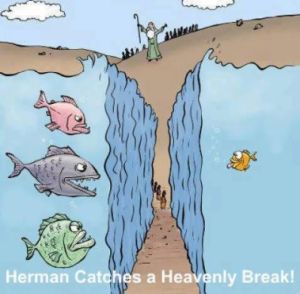
4) FOR KIDS
Click on the image to open the youtube video






